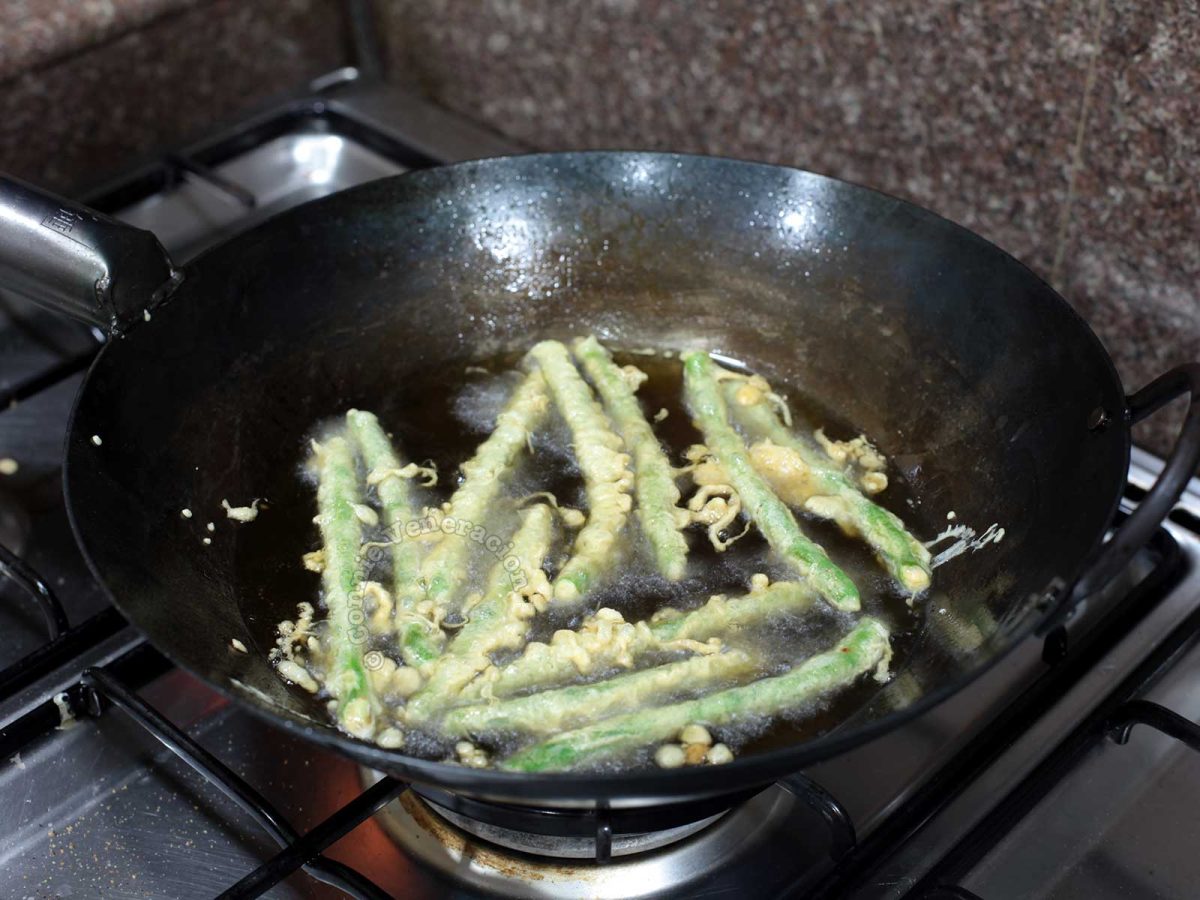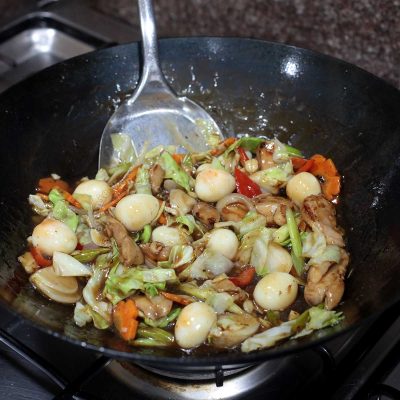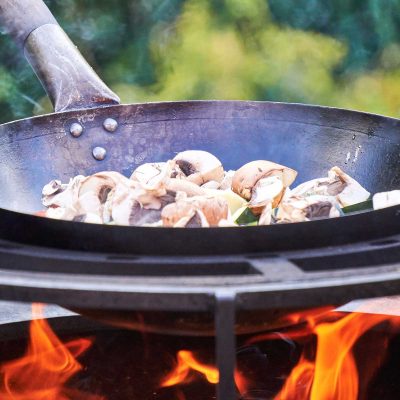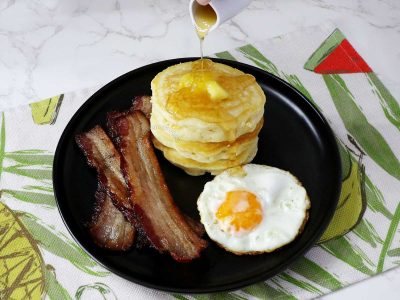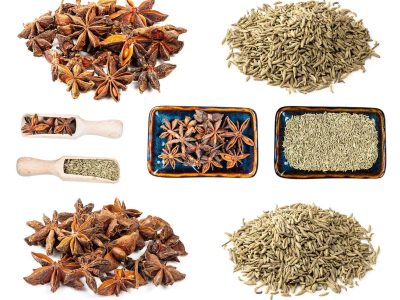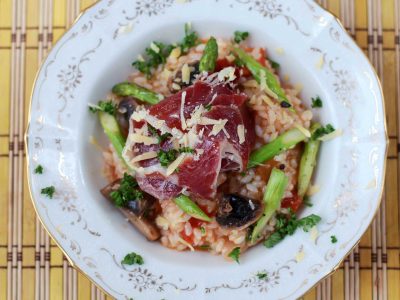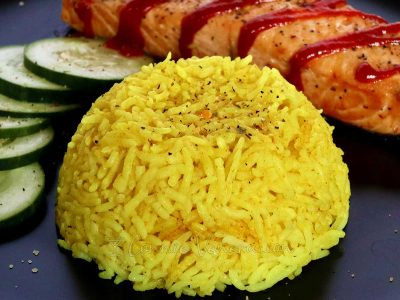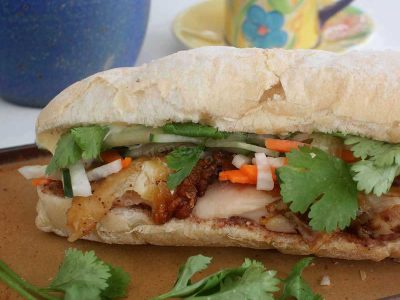Where did the wok originate?
China is the most popular answer although there is at least one claim that the Chinese might have adapted it from the Indian kuali. The Chinese might be getting the lion’s share of credit for the invention and universal usage of the wok but, in truth, it is used all over Asia although it is known by different names.
What makes a wok so versatile?
Its shape, for one thing. A cross between a pot and a frying pan, classic woks have flared sides and a rounded bottom which fits snugly over a gas burner. The West’s penchant for electric stoves gave birth to a flat-bottomed variant of the Asian wok.
Beyond its shape, the material with which the wok is made makes it ideal for high heat and even cooking. Cast iron was the preferred material in my father’s generation. Today, carbon steel is more popular. If you’re getting a wok, I’d recommend carbon steel.
Why a carbon steel wok?
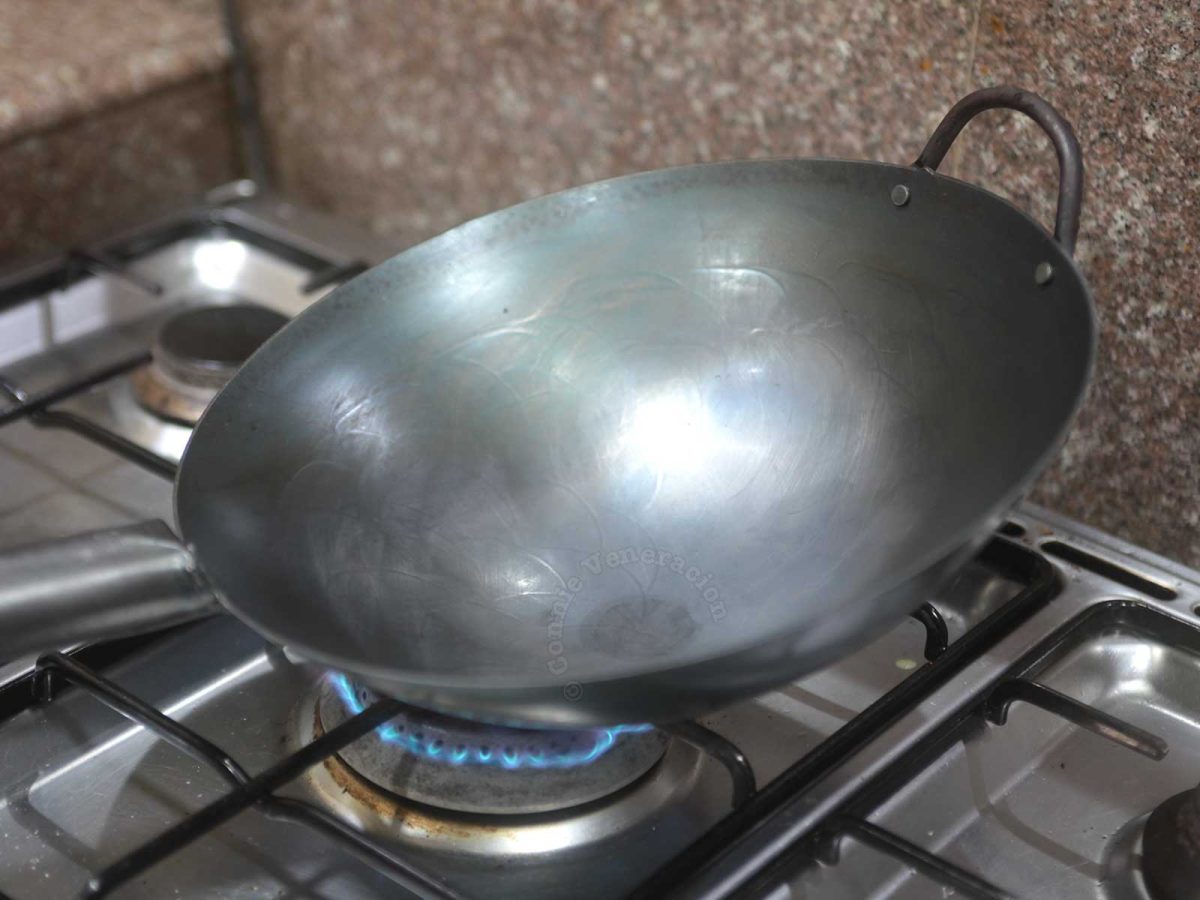
It’s lighter than cast iron but it is just as sturdy and as able to withstand the extremely high temperature required for stir frying.
What you don’t want is a stainless steel (bad heat conductor) or one with non-stick coating (the coating will corrode in high heat).
Been there; done that. I used a stainless steel wok for years and, after switching to carbon steel, I realized how wanting stainless steel was. I have owned at least a dozen non-stick woks and none lasted more than two years.
Is it easy to maintain a carbon steel wok?
Well, that’s the thing about carbon steel wok — or even a cast iron wok, for that matter. It requires care. From the moment you unpack it, it will require more than casual attention. But if you use it properly and give it the care it needs, it will last for years and years.
To start with, you need to season your carbon steel wok before first use. You wash and scrub it, you heat it and then you brush it with oil. Here’s a short video that shows the process.
After every use, wash and scrub. Brush with oil before storing. Wipe with a clean cloth or kitchen towel before using again.
As your carbon steel wok ages, it will turn darker and its surface will become more and more non-stick. Awesome, isn’t it? Non-stick without worrying about coating that will chip and peel off in time.
How large should a wok be?
Woks come in various sizes. For home cooking, the ideal size is 12 to 14 inches. That’s large enough to cook meals for four to six people, but still small enough for easy washing and storage.
Should you buy a wok that comes with a cover?
Yes, ideally. Even if you intend to cook stir fries and nothing more, there are recipes that require the wok to be covered for a couple of minutes to allow meat (and, sometimes, vegetables) to cook in the combined heat of the oil and steam. Steam adds moisture to the dish and you can’t build enough steam if the wok is uncovered throughout the cooking process.
Cooking with one wok
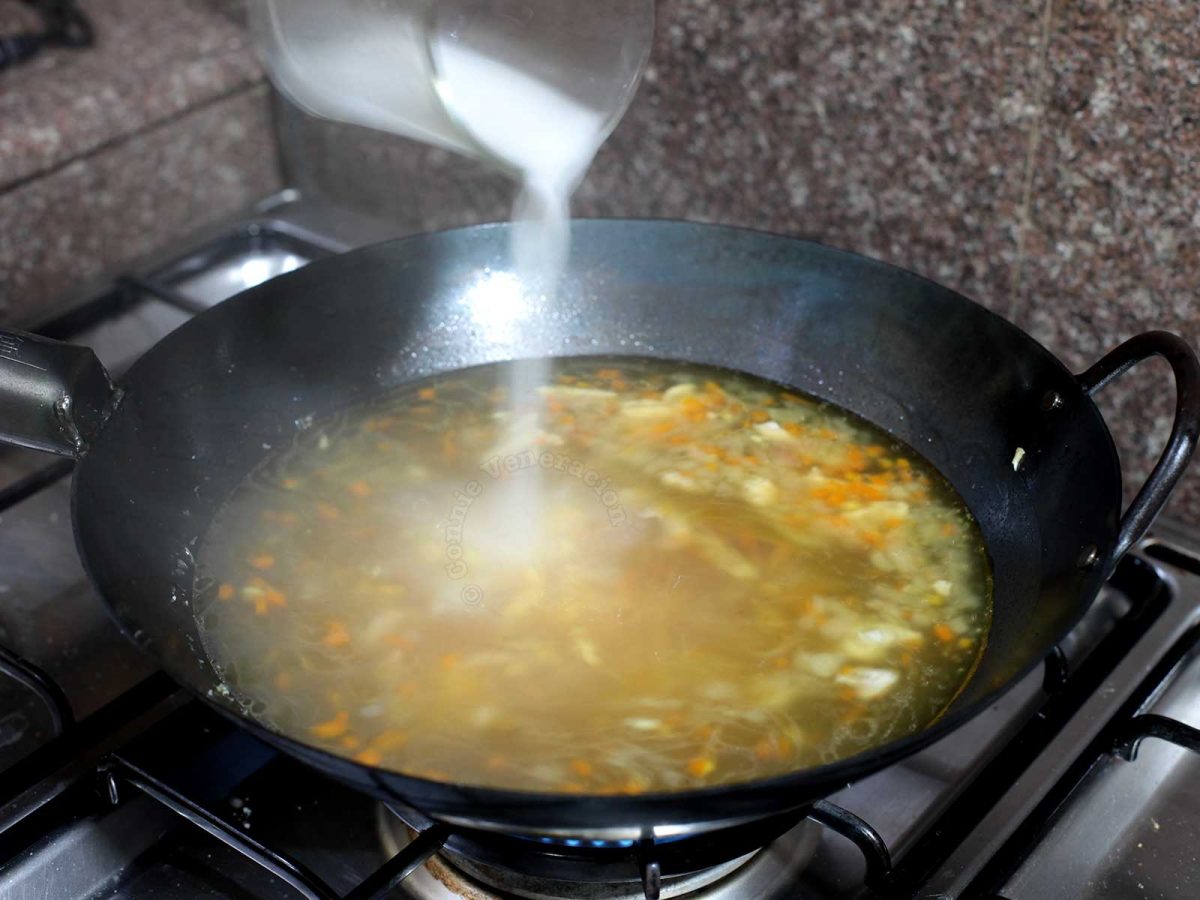
If you think stir fries are the only dishes you can cook in a wok, think again. Like I mentioned earlier, you can also pan fry, deep fry, braise, poach, stew, steam and make soup in a wok.
In an age when modern kitchens are cluttered with every imaginable cooking tool and kitchen gadget, isn’t it nice to know that there is one cooking pan where you can cook 90% of the meals you make for your family?

